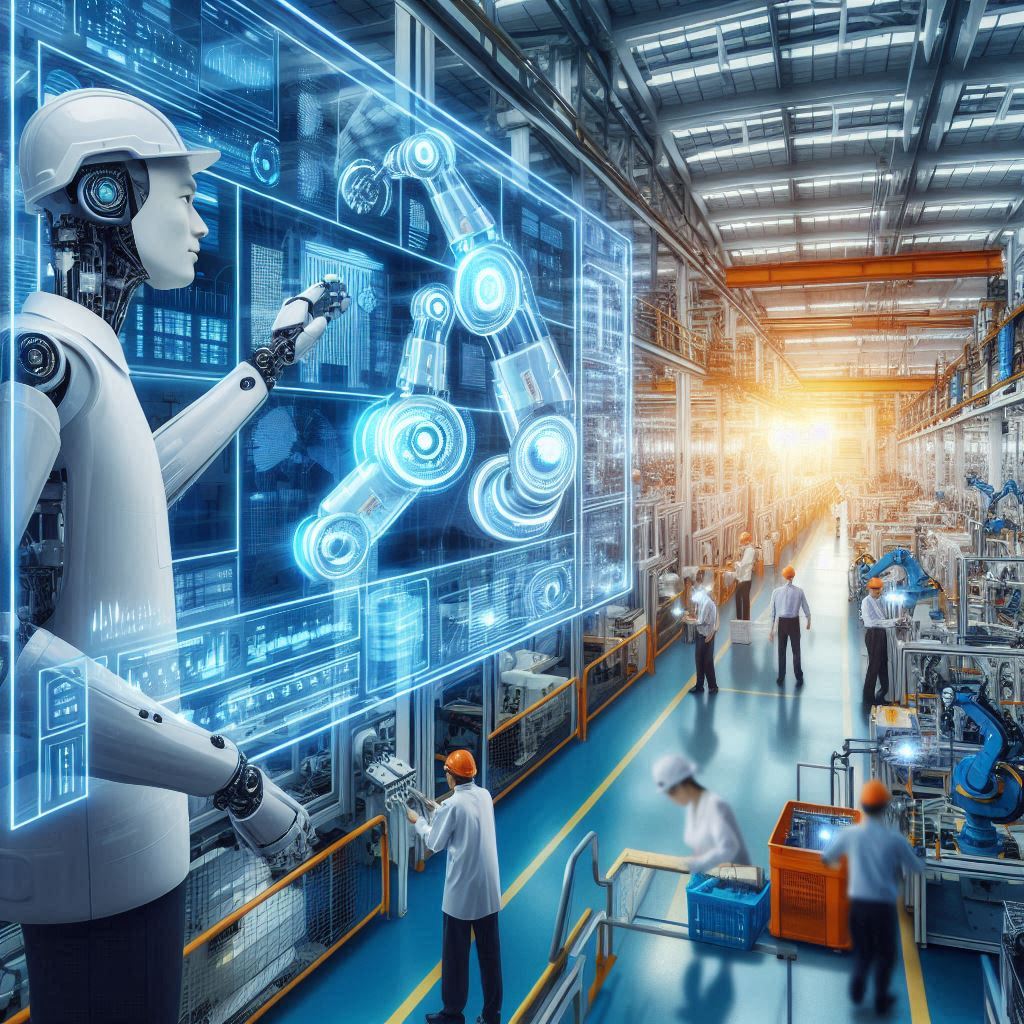In 2025, China is undergoing a significant economic transformation, shifting its focus from export-driven growth to a more balanced approach emphasizing domestic consumption and technological innovation. This article explores the implications of this pivot for global manufacturing, trade dynamics, and job markets, offering insights into how businesses and workers worldwide can adapt to these changes.
The Drivers Behind China’s Economic Shift
- Declining Export Demand: Rising protectionism and trade barriers, particularly from the U.S. and EU, have pressured China to reduce its reliance on exports.
- Technological Advancements: Investments in AI, robotics, and green energy are reshaping China’s industrial landscape.
- Domestic Consumption Growth: Policies aimed at boosting household spending are central to China’s new economic strategy.
These factors are redefining China’s role in the global economy, with ripple effects across industries and regions.
Impacts on Global Manufacturing
- Supply Chain Realignments: Companies are diversifying their supply chains to reduce dependence on Chinese manufacturing.
- Technological Competition: China’s focus on innovation is intensifying global competition in high-tech sectors.
- Environmental Standards: China’s green initiatives are setting new benchmarks for sustainable manufacturing practices.
Trade Dynamics in 2025
- Regional Partnerships: China is strengthening ties with Asia-Pacific nations through initiatives like the Regional Comprehensive Economic Partnership (RCEP).
- Shift in Export Focus: High-tech goods and services are replacing traditional manufacturing exports.
- Challenges for Global Trade: Protectionist policies and geopolitical tensions continue to disrupt trade flows.
Global Job Market Implications
- Reskilling Needs: Workers in traditional manufacturing sectors must adapt to new technologies and industries.
- Opportunities in Green Tech: China’s push for sustainability is creating jobs in renewable energy and eco-friendly manufacturing.
- Impact on Emerging Markets: Countries competing with China in low-cost manufacturing face increased pressure to innovate.
Conclusion
China’s economic pivot in 2025 marks a turning point for global manufacturing, trade, and employment. While challenges remain, this transformation also presents opportunities for innovation, collaboration, and sustainable growth. Businesses and workers must stay agile to thrive in this evolving landscape.




